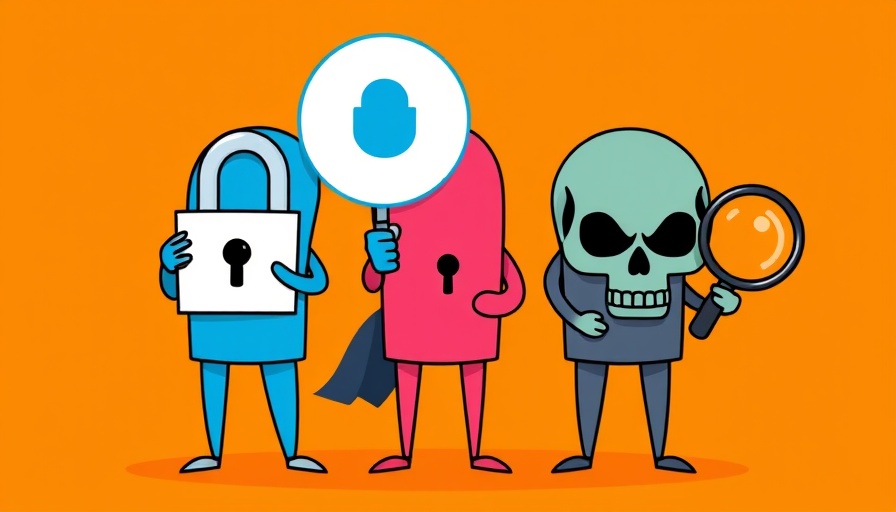
Reimagining Digital Awareness: The Path Forward
In today’s interconnected world, the digital landscape has become as perilous as it is promising. Businesses are tasked with navigating an environment where awareness around cyber threats is critical for survival. From phishing scams that evolve with deadly accuracy to sophisticated manipulations like deepfakes, leaders must cultivate an acute digital savviness akin to navigating a bustling city’s streets.
The Digital Hustles: A Dual-Edged Sword
The allure of the digital frontier offers unprecedented opportunities for innovation and growth. However, alongside these prospects lie a myriad of threats that can derail even the most promising ventures. Entrepreneurs are not just chasing profits; they are embroiled in a constant battle to differentiate between legitimate digital hustles and deceitful traps set by cybercriminals.
This rising phenomenon necessitates that business owners develop a finely tuned digital radar capable of identifying genuine opportunities amidst the noise. Attacks have grown more sophisticated, demanding not only vigilance but also an ongoing education regarding the latest cyber risks and mitigation techniques.
The Blind Spot of Overconfidence
One of the most pressing challenges is the pervasive overconfidence among entrepreneurs regarding their technological defenses. Many believe that implementing robust cybersecurity software is an all-encompassing safeguard against threats. Although essential, this mindset overlooks the crucial role of human behavior in organizational security.
Research indicates that human error is often the weakest link in cybersecurity. Simple acts, such as clicking on phishing links or divulging sensitive information, can compromise systems, rendering even the most advanced technology powerless. Consequently, businesses must foster a culture where every employee is educated and vigilant about potential cyber dangers.
Empowering Employees to Counter Cyber Threats
Creating a security-conscious organizational culture involves training employees to recognize cybersecurity threats. Workshops that simulate phishing attempts and provide clear guidance on secure online practices can cultivate a workforce well-acquainted with the digital dangers around them.
This proactive approach not only arms employees with knowledge but also creates a sense of shared responsibility regarding cybersecurity. When every individual in an organization prioritizes vigilance, the overall risk diminishes, and defenses become exponentially stronger.
Beyond Software: Investing in Human Capital
The demand for cybersecurity awareness pushes the boundaries of traditional education. Structured programs, such as a Master of Science in Cybersecurity, are resources that can effectively equip future leaders with the knowledge necessary to navigate the intricate world of digital defenses.
By investing in human capital, organizations can develop experts who not only understand cybersecurity from a technical standpoint but can also lead strategic initiatives to safeguard their assets.
Looking to the Future: Predictions and Opportunities
As the digital landscape continues to evolve, so too must our approach to cybersecurity. In the coming years, we can expect even more innovative methodologies in cybercrime, compelling businesses to remain vigilant and adaptive. Those who invest in developing robust digital awareness will undoubtedly have a competitive edge in successfully navigating tomorrow’s complex market.
Conclusion: Taking Action on Cyber Vigilance
To thrive in the increasingly digitized world, businesses must embrace cyber vigilance as an essential element of their operational strategy. This collective awareness not only safeguards organizations but also fosters trust with clients and stakeholders. Moving forward, it is imperative for entrepreneurs to prioritize cybersecurity education, encouraging a culture of vigilance and best practices that prioritizes safe digital engagement.
 Add Row
Add Row  Add
Add 



Write A Comment